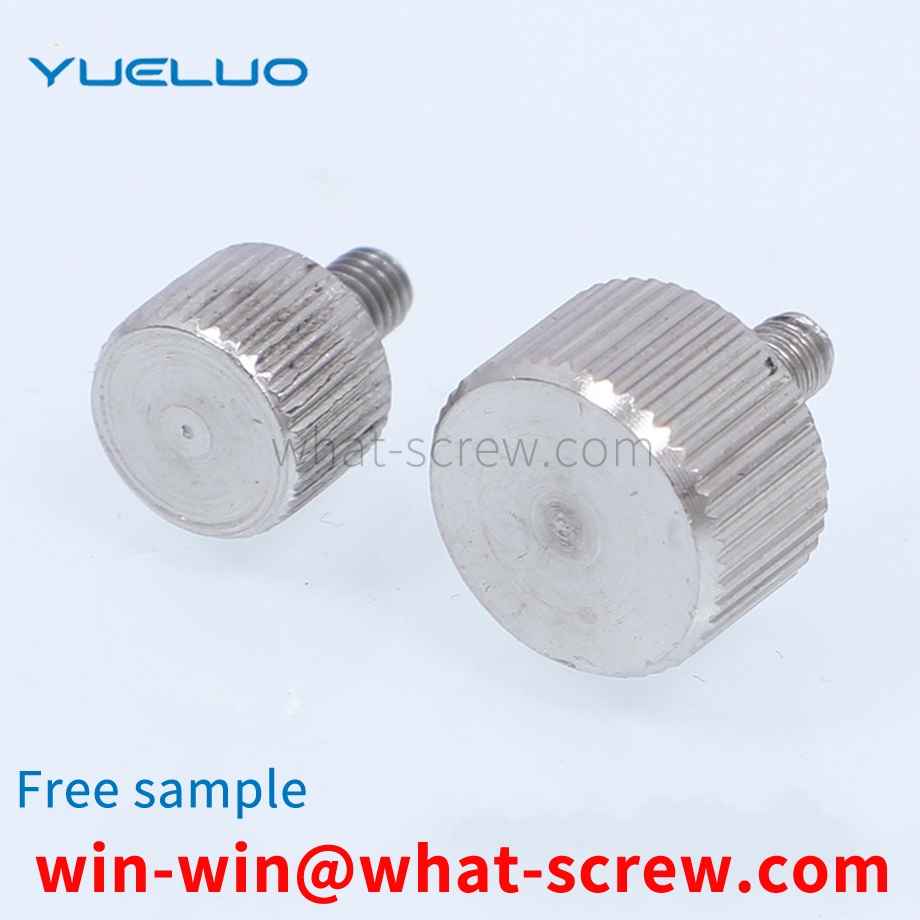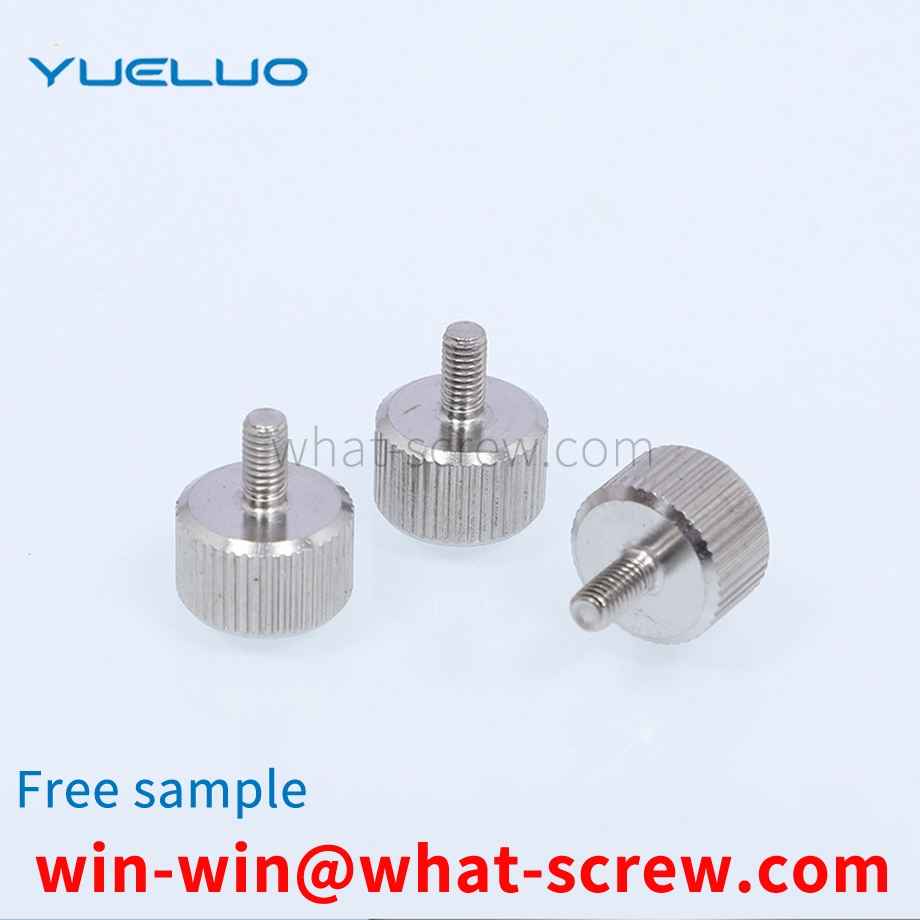shaft retaining ring installation tool and an installation method thereof relate to an assembly tool and an installation method thereof, comprising a pressing cylinder and a taper sleeve. The maximum diameter of the tapered end is slightly smaller than the inner diameter of the circular straight hole of the pressing cylinder, and the lower end of the tapered sleeve has a positioning structure matched with the shaft of the shaft retaining ring to be installed. The method includes the following: place the taper sleeve on one end of the shaft where the shaft retaining ring is to be installed and position it well, then place the shaft retaining ring on the tapered end of the taper sleeve, and finally press down the pressure cylinder to make the shaft Use the retaining ring to slide down the conical surface of the taper sleeve to the shaft to be installed with the retaining ring for the shaft, and finally get stuck in the groove of the shaft. Yueluo does not need to open the retaining ring for the shaft, which reduces the operation force and labor intensity. The operation method is simple, the structure is simple and reliable, the cost is low, and it is easy to popularize and use.
The first person to describe the spiral was the Greek scientist Archimedes (c. 287 BC - 212 BC). An Archimedes screw is a huge spiral contained in a wooden cylinder that is used to irrigate fields by raising water from one level to another. The real inventor may not be Archimedes himself. Maybe he was just describing something that already existed. It may have been designed by the skilled craftsmen of ancient Egypt for irrigation on both sides of the Nile. In the Middle Ages, carpenters used wooden or metal nails to attach furniture to wooden structures. In the 16th century, nail makers began producing nails with a helical thread, which were used to connect things more securely. That's a small step from these kinds of nails to screws. Around 1550 AD, the metal nuts and bolts that first appeared in Europe as fasteners were all made by hand on a simple wooden lathe. Screwdrivers (screw chisels) appeared in London around 1780. Carpenters have found that tightening a screw with a screwdriver holds things in place better than hitting with a hammer, especially with fine-grained screws. In 1797, Maudsley invented the all-metal precision screw lathe in London. The following year, Wilkinson built a nut and bolt making machine in the United States. Both machines produce universal nuts and bolts. Screws were quite popular as fixings because an inexpensive method of production had been found at that time. In 1836, Henry M. Philips applied for a patent for a screw with a cross recessed head, which marked a major advance in screw base technology. Unlike traditional slotted head screws, Phillips head screws have the edge of the head of the Phillips head screw. This design makes the screwdriver self-centered and not easy to slip out, so it is very popular. Universal nuts and bolts can connect metal parts together, so by the 19th century, the wood used to make machines to build houses could be replaced by metal bolts and nuts. Now the function of the screw is mainly to connect the two workpieces together and play the role of fastening. The screw is used in general equipment, such as mobile phones, computers, automobiles, bicycles, various machine tools and equipment, and almost all machines. need to use screws. Screws are indispensable industrial necessities in daily life: extremely small screws used in cameras, glasses, clocks, electronics, etc.; general screws for televisions, electrical products, musical instruments, furniture, etc.
The side gear thrust washer used in the automobile differential is a flat washer, which is installed between the differential housing and the side gear to prevent the side gear from retreating. Due to the high-speed rotation of the side gear when the differential is working, it is necessary to ensure that the contact surfaces on both sides of the flat gasket are well lubricated.
At present, with the development of my country's railway industry, many railway fastener systems involve T-bolts. The structure is shown in Figure 1. The dimensions that need to be inspected are head width A, head length B, and head straight table height. C. The height of the head slope D, the total length of the bolt E, and the major diameter of the bolt F. Due to the irregular shape of these places to be inspected, the measurement is difficult. The measurement of general measuring tools is not only slow, but also difficult to control human errors, resulting in some extreme upper limits and There are disputes and misjudgments about the size of the extreme lower limit when judging qualified and unqualified.
hand screw is a screw with a plastic head, and the user fixes the hand screw by turning the plastic head by hand. At present, a hand-tight screw is disclosed in the market publication number CN202203253U, which includes a plastic head and a screw rod, the plastic head and the screw rod are connected together, and the height of the plastic head is higher than that of ordinary screws, and the height is 9cm. The screw of the hand screw is fixed in the plastic head by glue. After a period of use, the aging of the glue leads to the loosening of the screw and the plastic head. When the plastic head is stressed, the screw rod comes out of the plastic head, which affects the normal use of the hand screw.
We have many years of experience in the production and sales of screws, nuts, flat washers, etc. The main products are: spring washer screws, fine thread grooved nuts, S pressure plate nuts, PVC rigid polyvinyl fluoride and other products, we can provide you with suitable products for you. Fastener Solutions.



















 Service Hotline
Service Hotline




